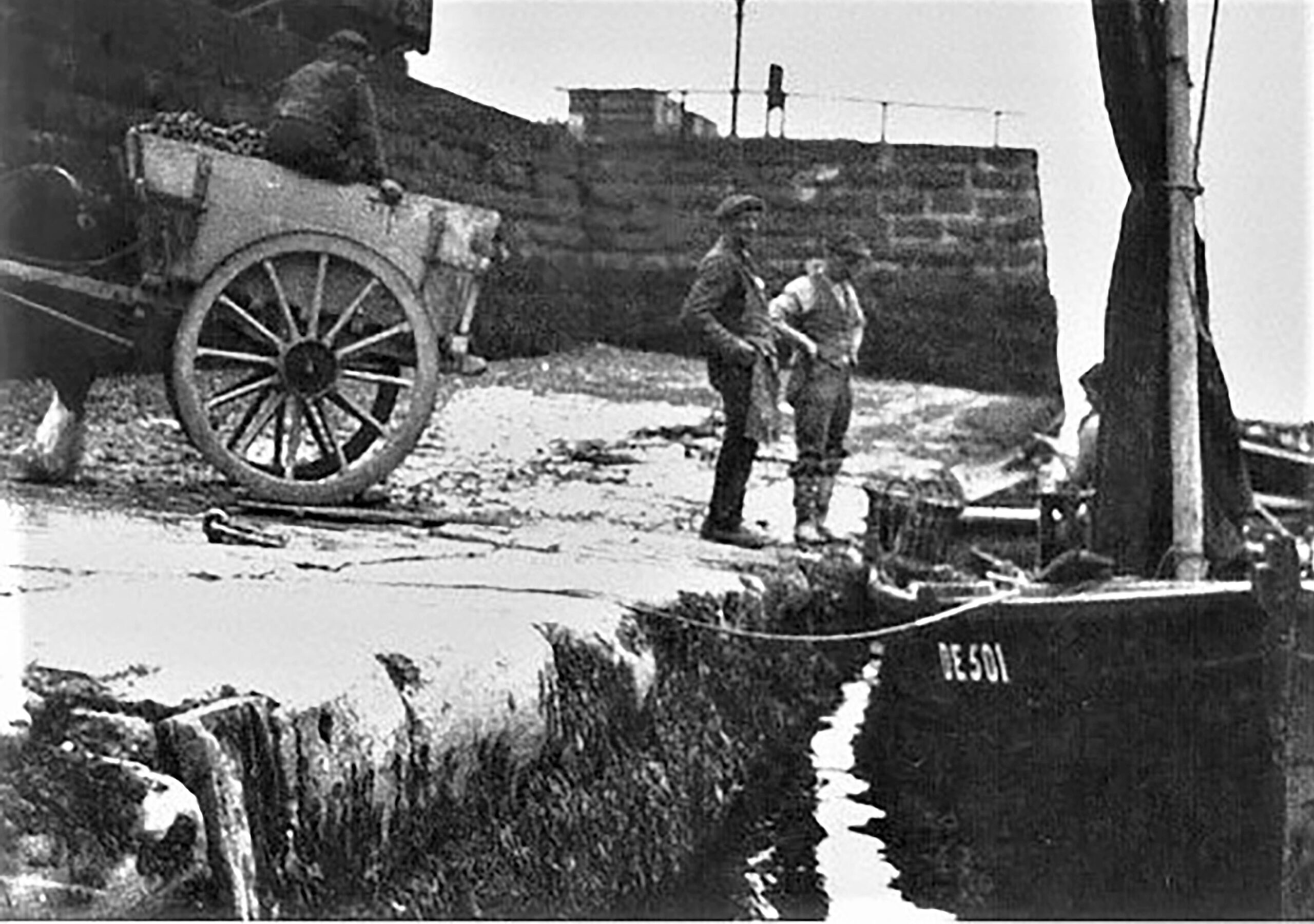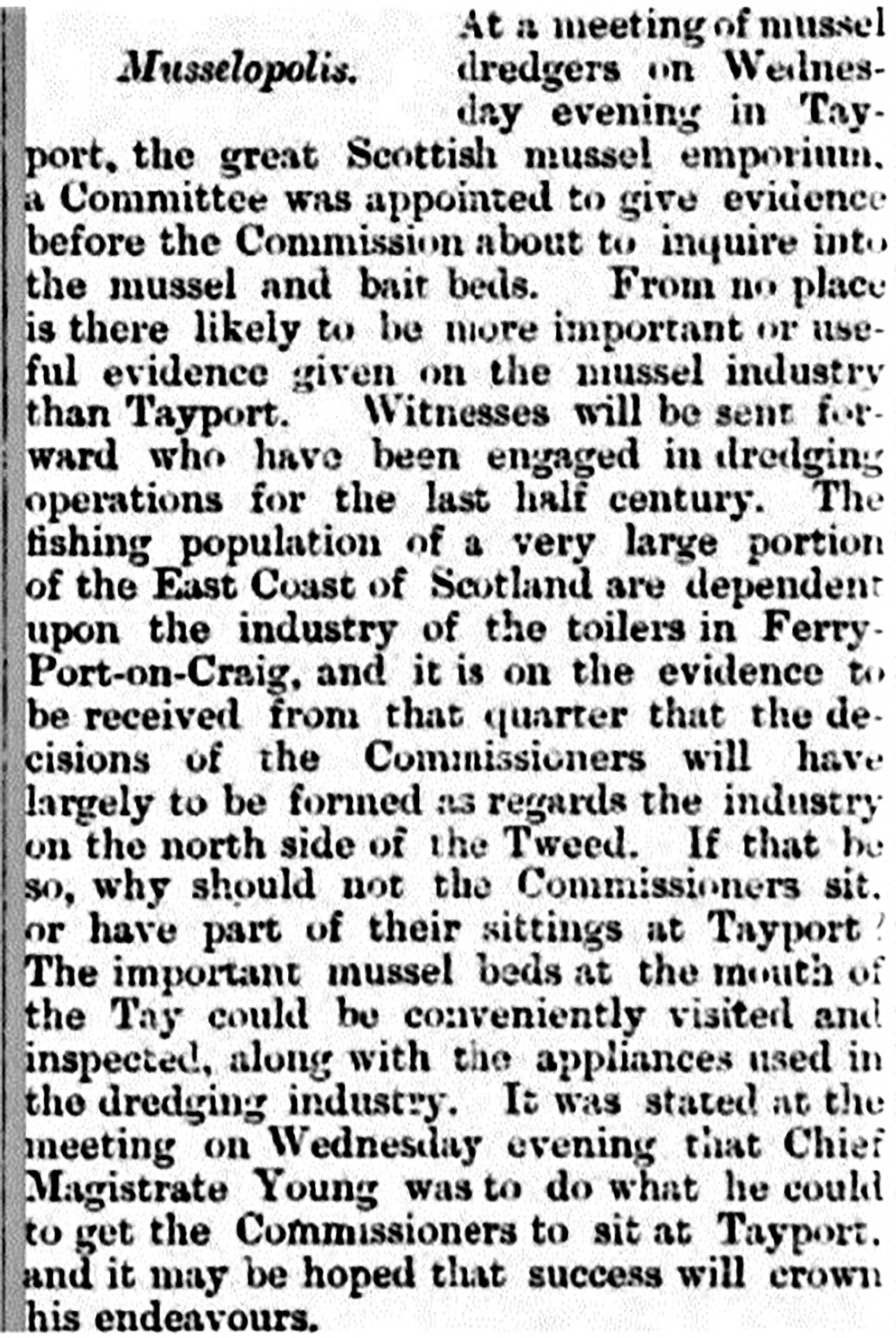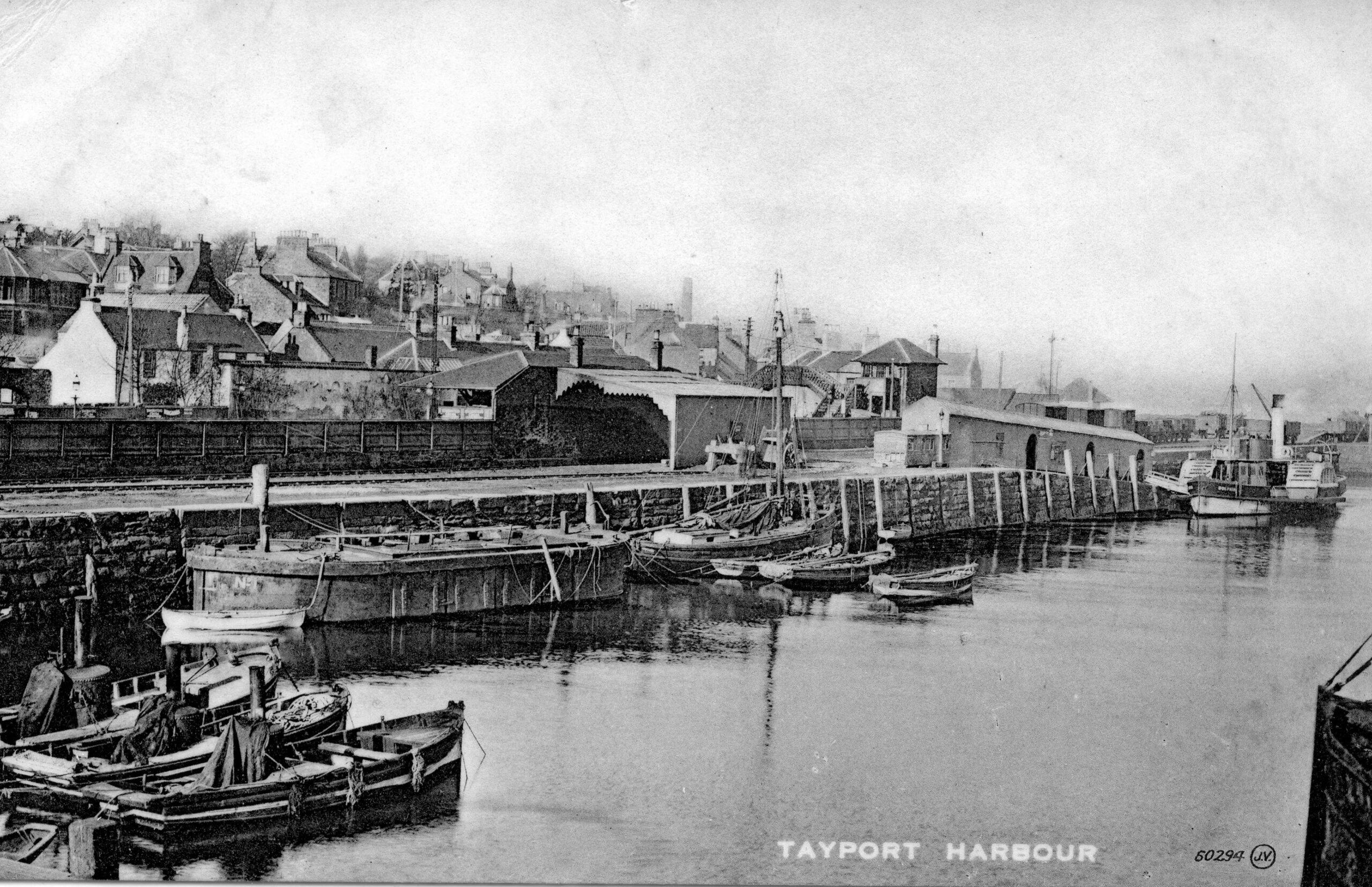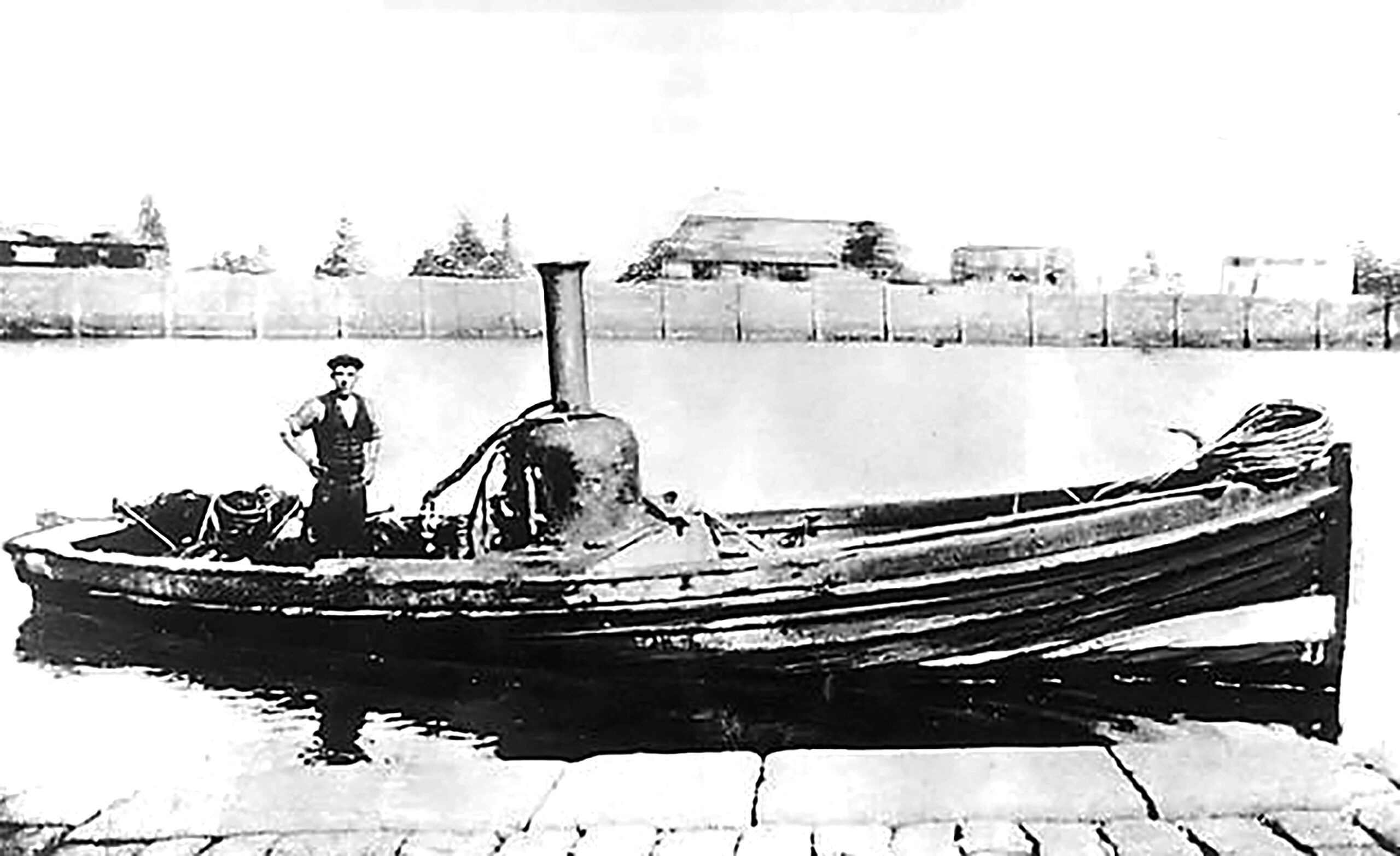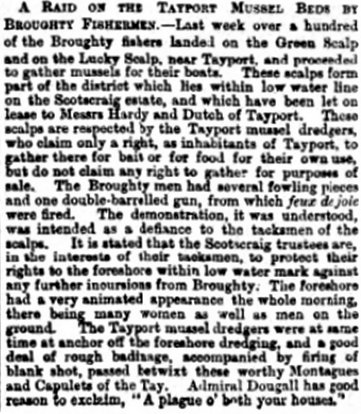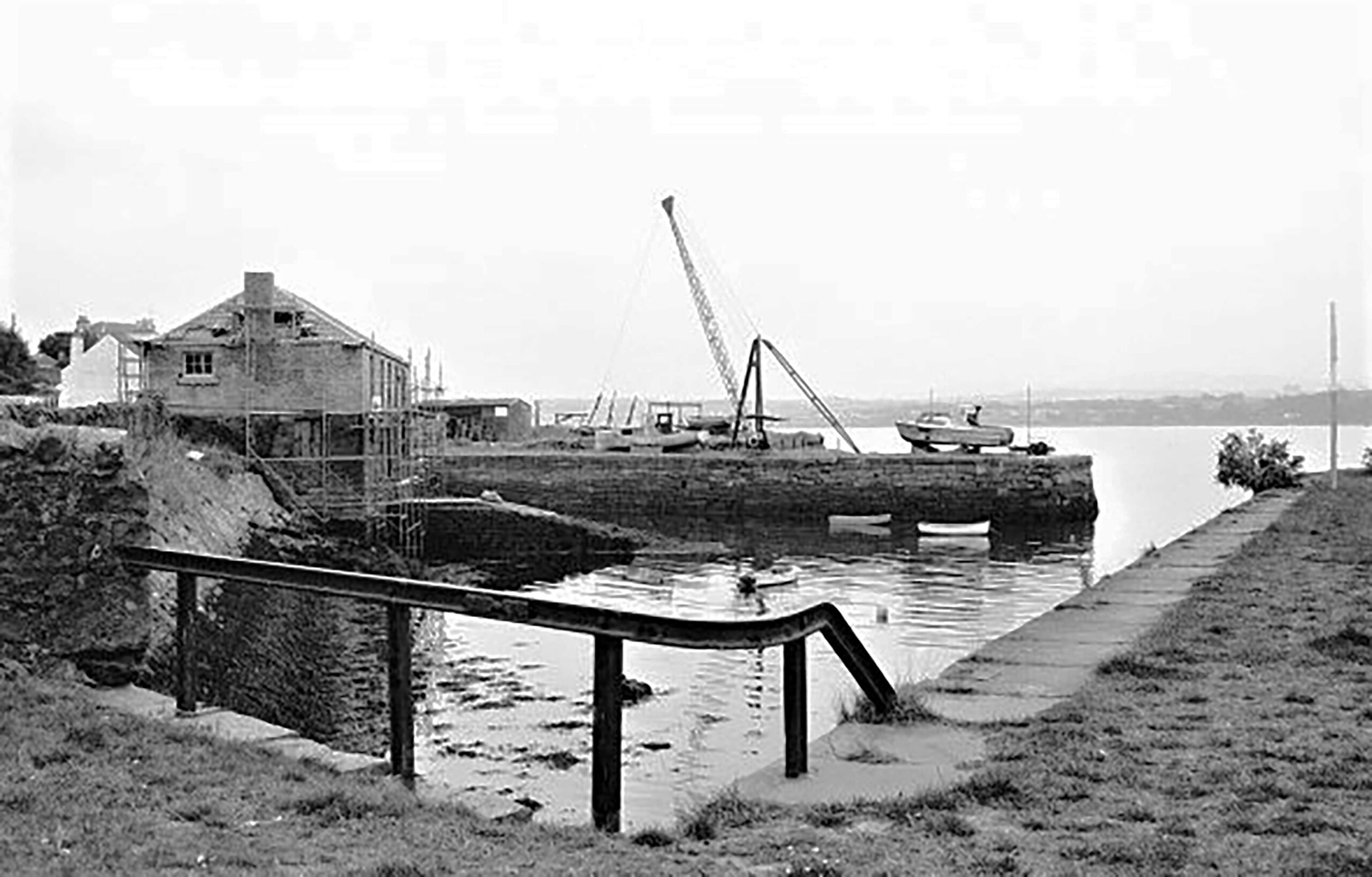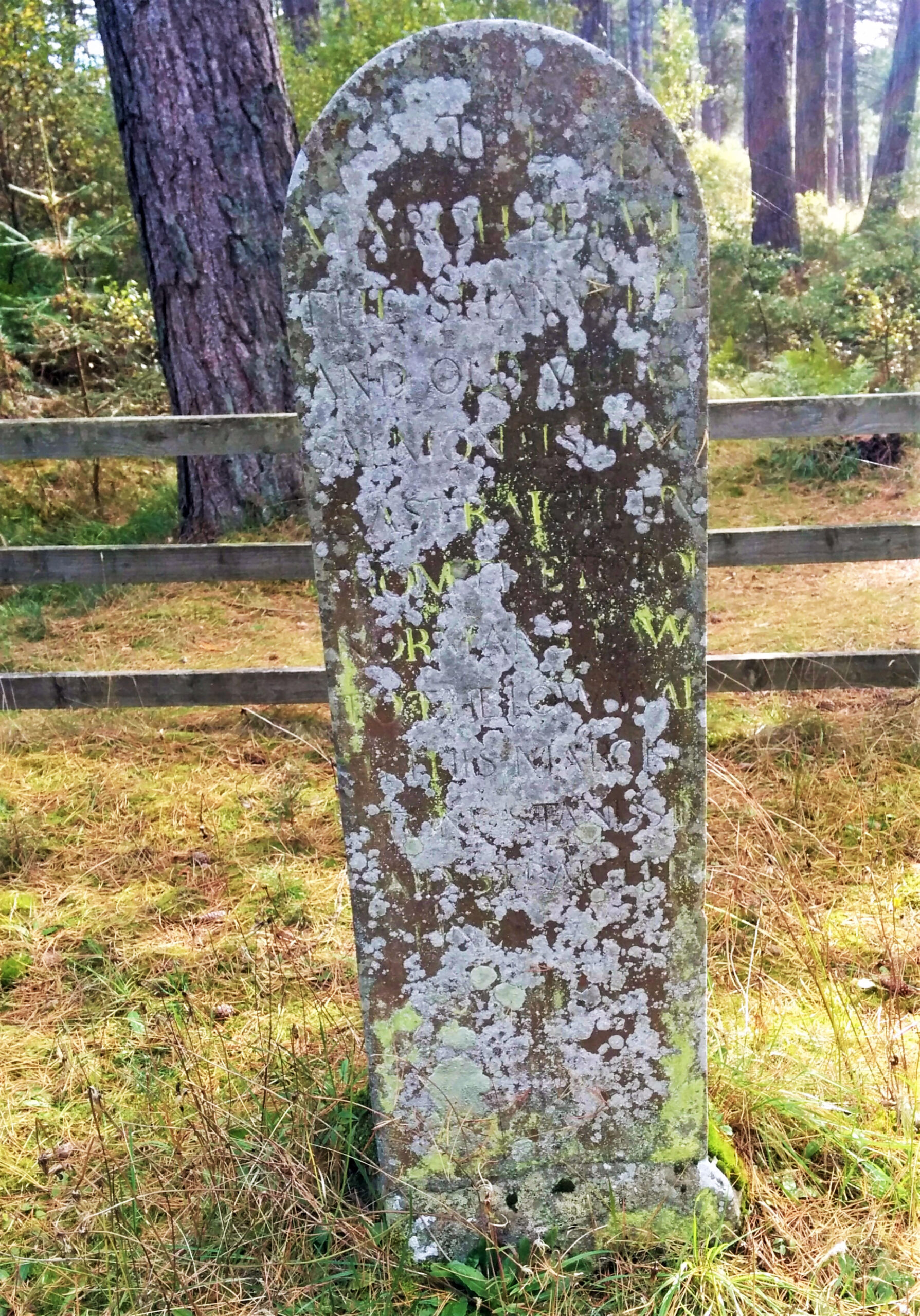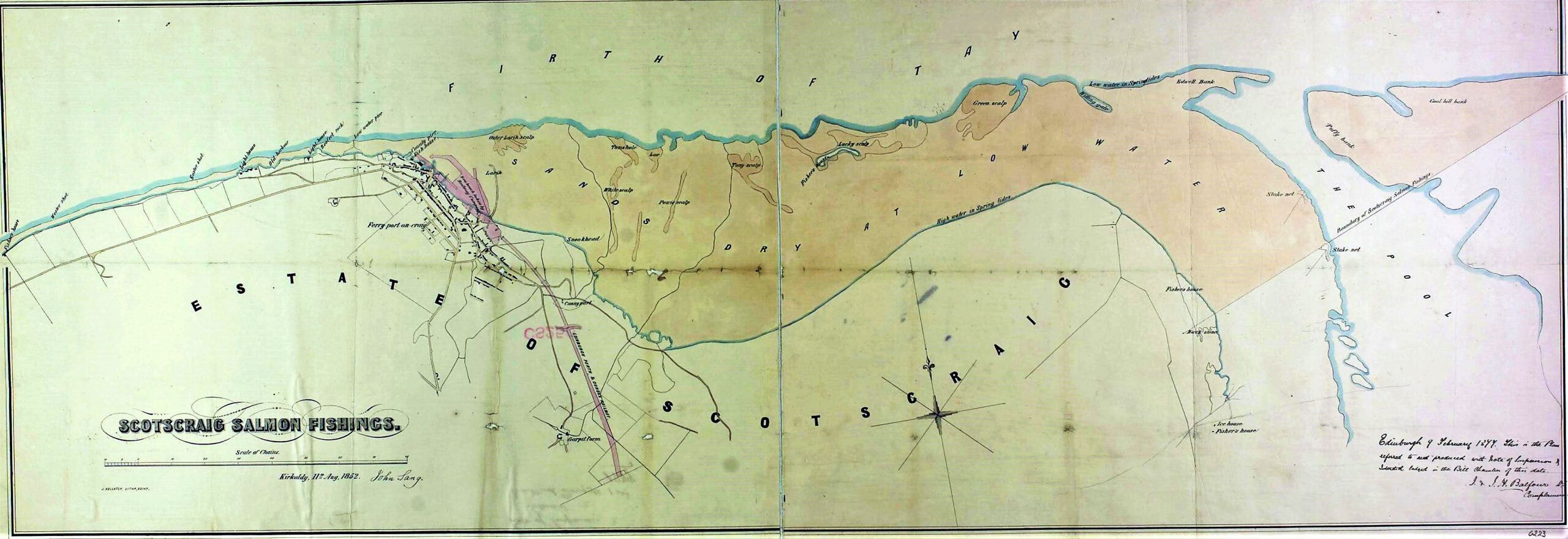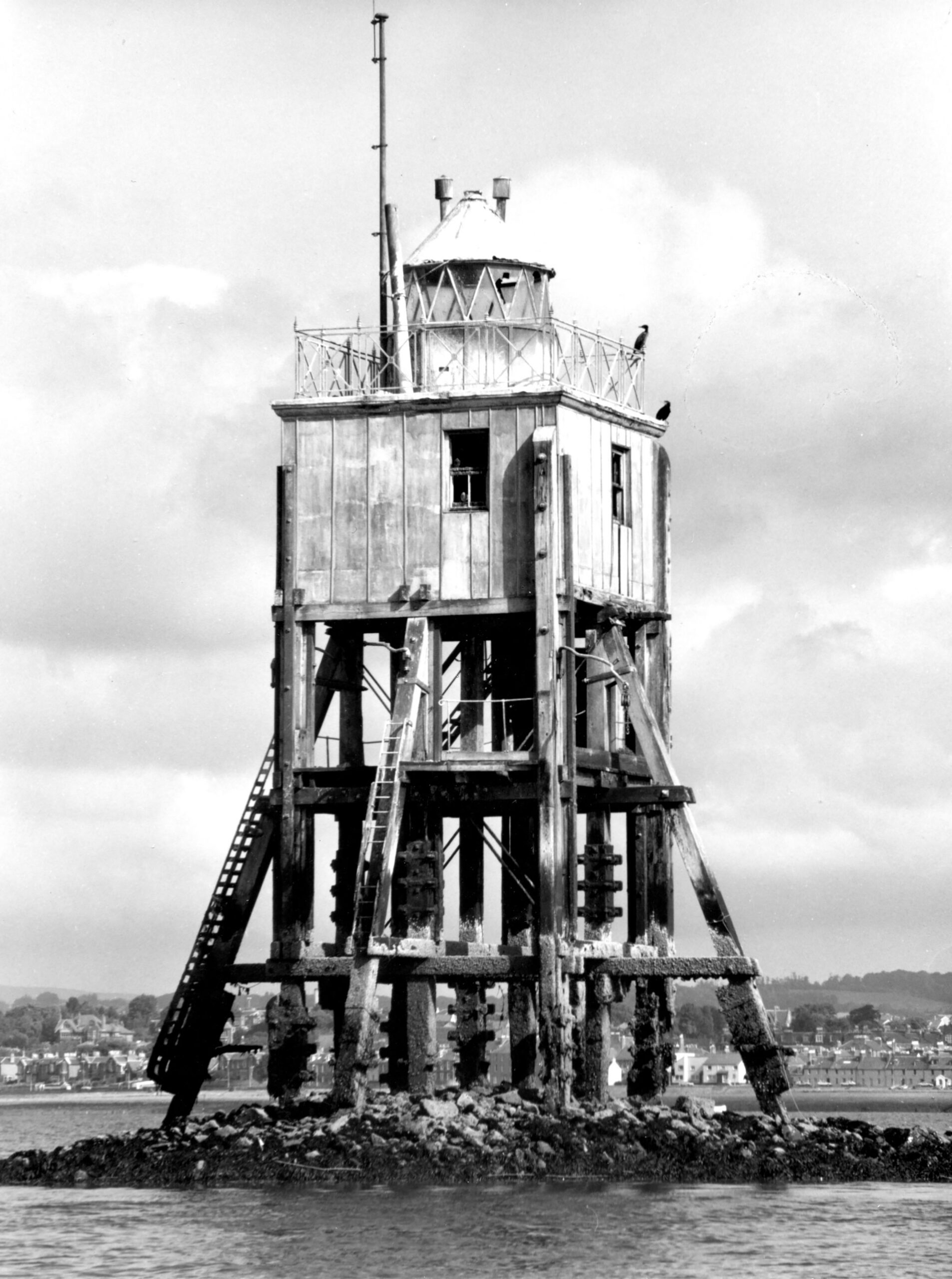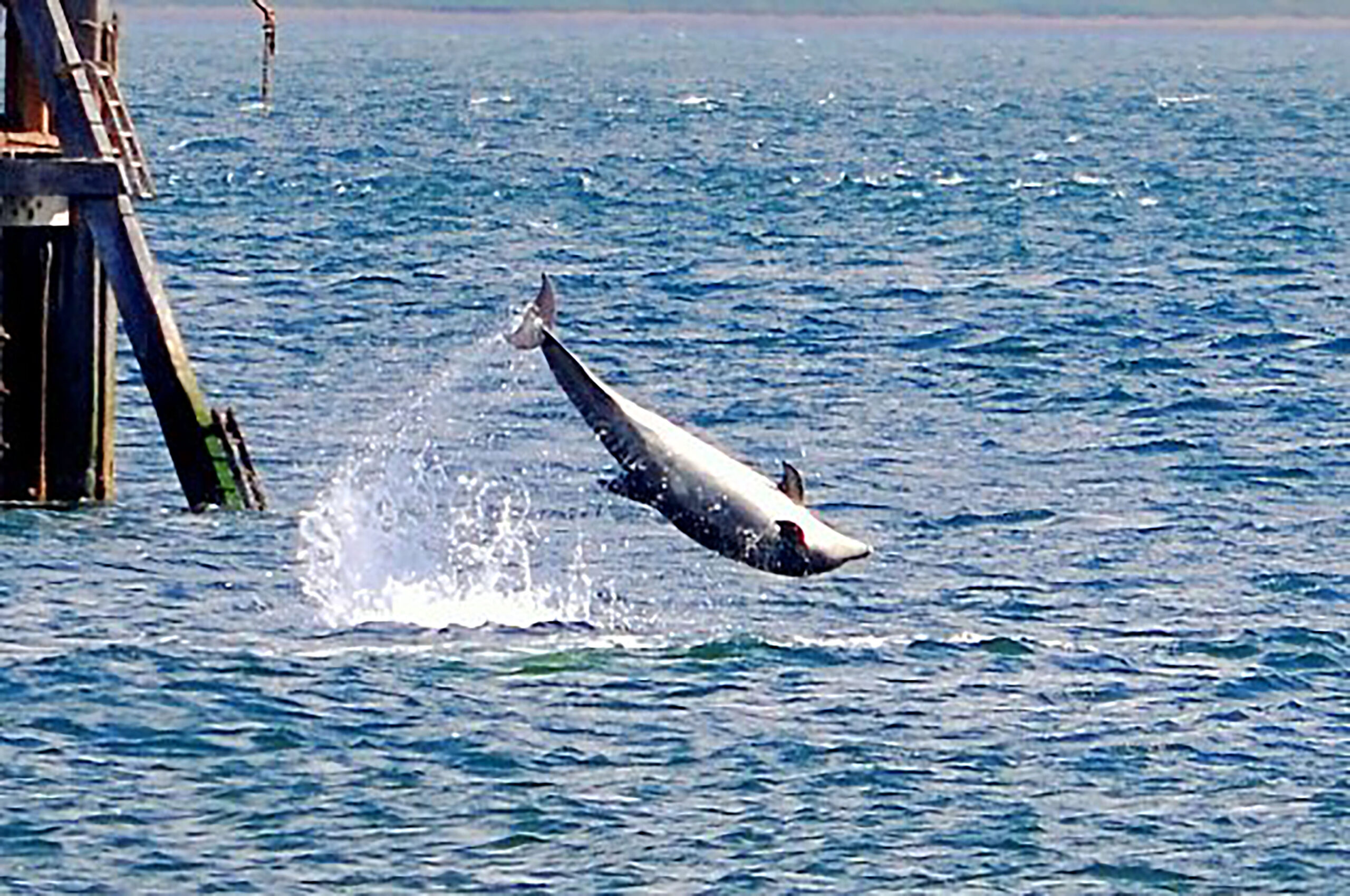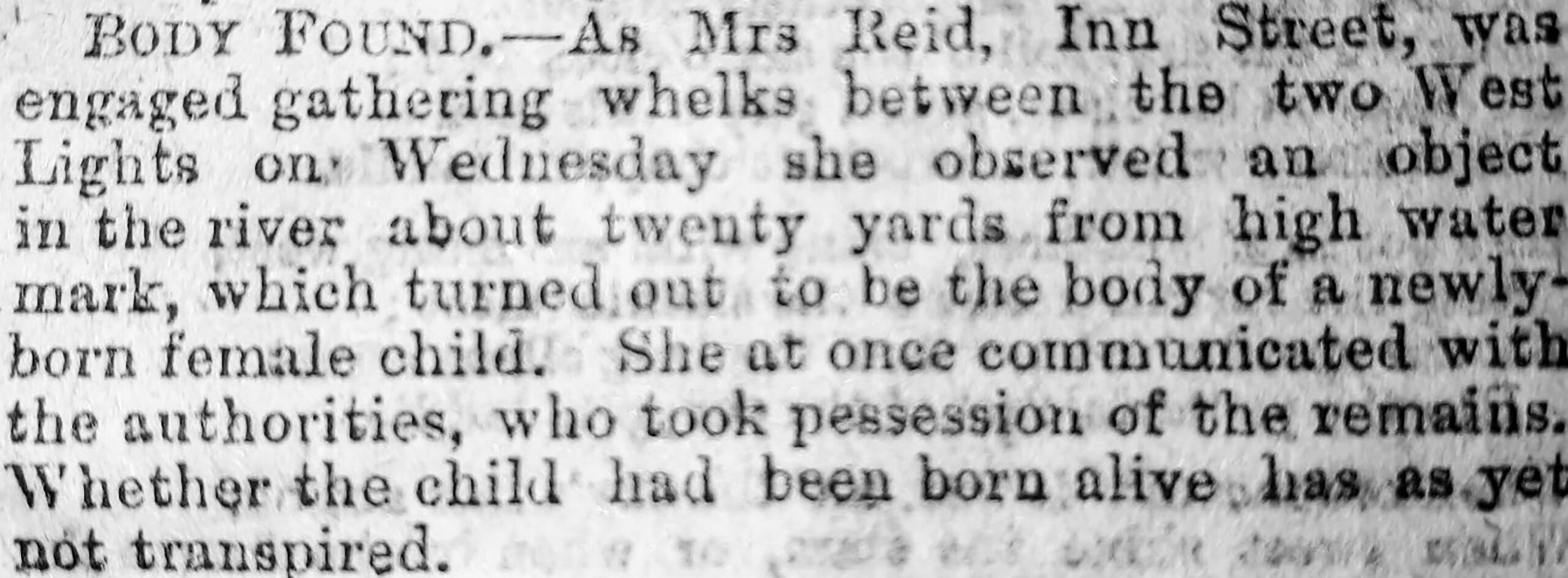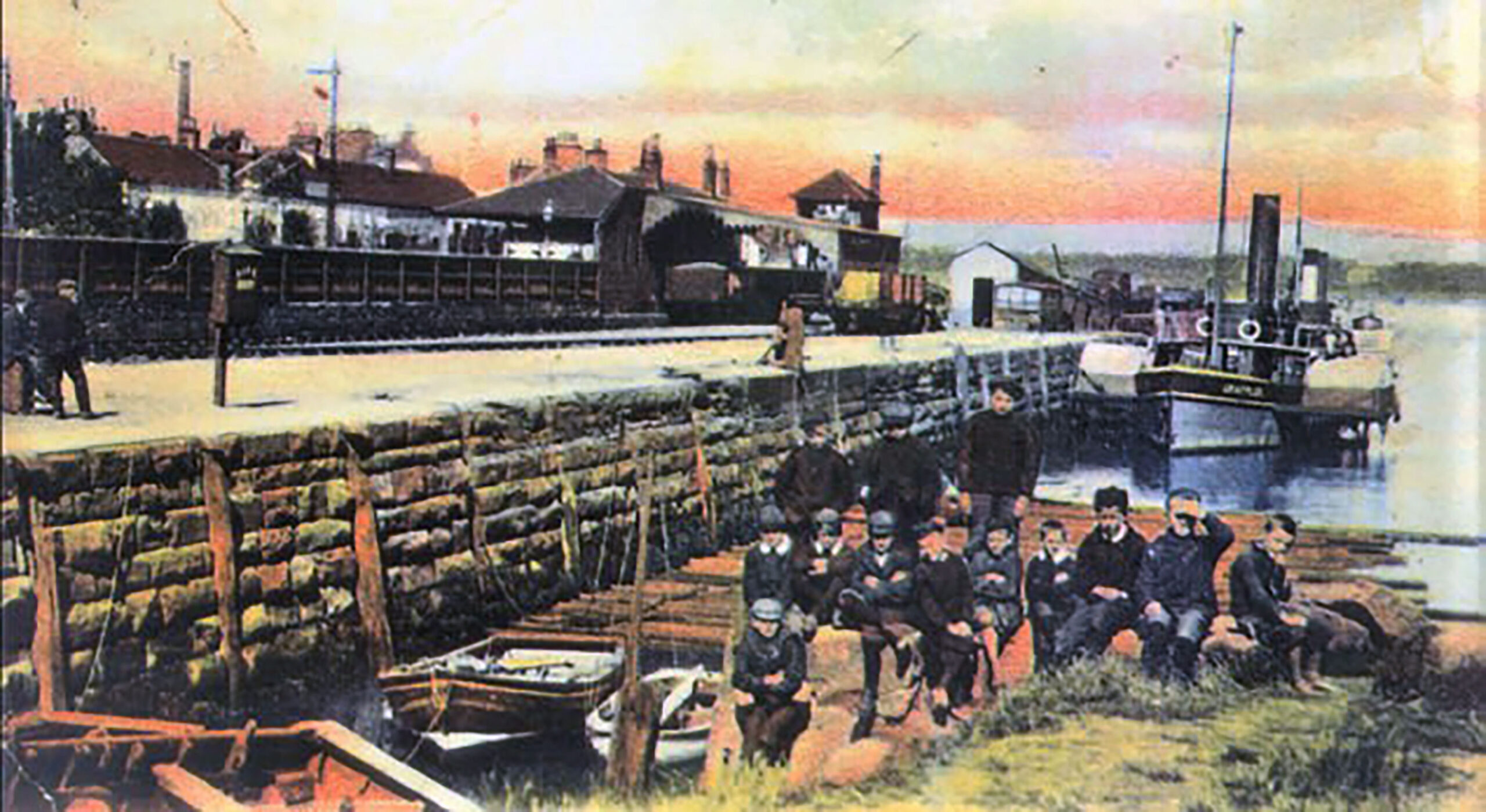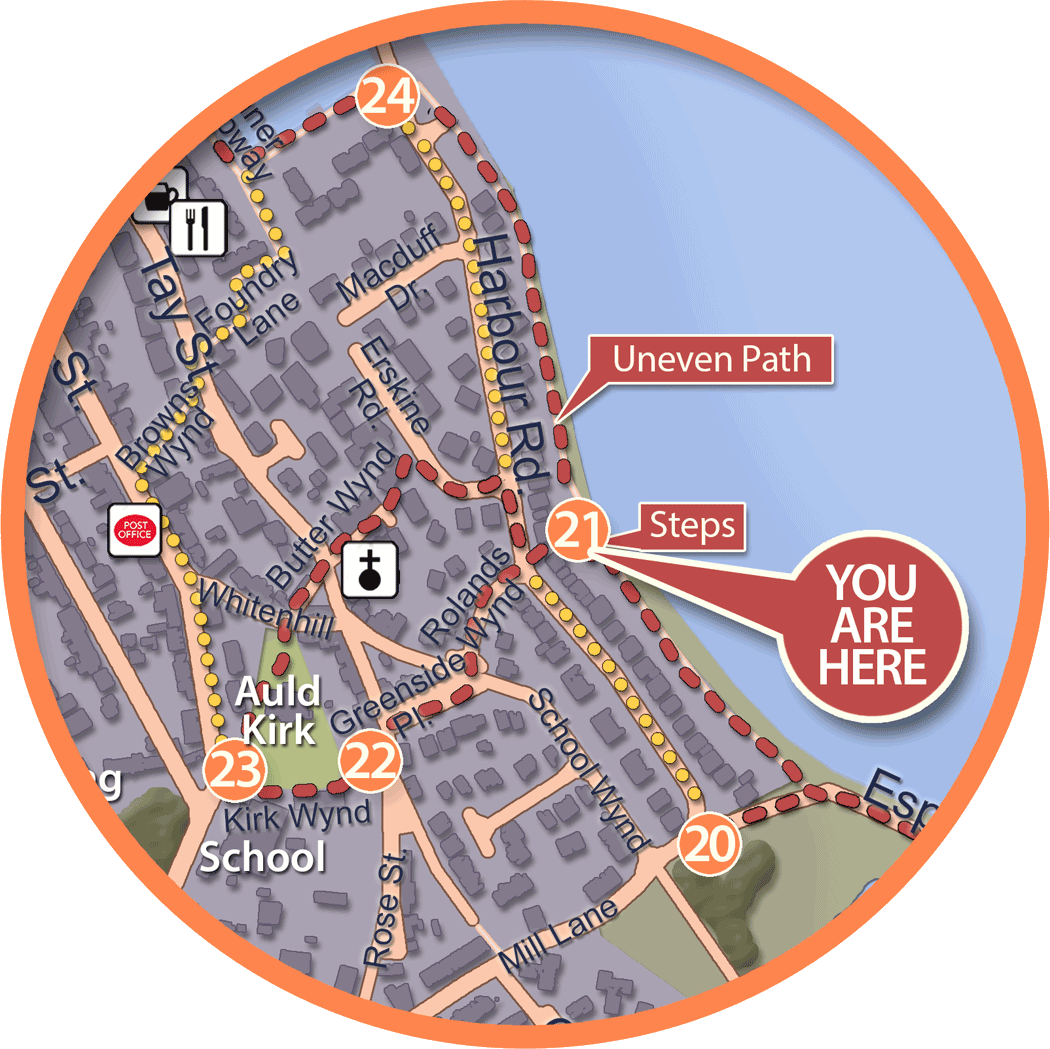The Statistical Account of 1793 highlighted the seasonal employment of harvesting mussels. “On the south side of this part of the Tay, there is a Scalp of a small kind of mussels, esteemed good bait for the white fish; they are purchased for that purpose by the fishermen in the neighbourhood.” This developed into an important industry recognised at national level when as usual on the completion of herring fishing, boats from various parts in the north came to Tayport for their winter store of mussels for baiting their lines. In September 1883 the press reported “The harbour has been unusually busy this week, no fewer than 6 vessels having come in and discharging wood for the Messrs Donaldson. A few vessels are loading coals for foreign ports, and the mussel fishers have had a hard weeks work in loading the fishing boats which have come from the north, and in fulfilling their orders.” In 1888 the Scottish Mussel emporium was lobbied to hold their enquiry in Tayport, being the main source of this vital resource. The last commercial boat ceased in the mid 1960s although for a long time afterwards the youngsters fishing on the harbour steps utilised the mussels attached to the seaweed for bait to catch podleys.
Musselopolis on the Tay
The Draig
The mussel harvesting was known as the Draig and was initially carried out by the use of heavy rowing boats but in later years steam puffers were introduced for both propelling the boats and dredging the mussels. A dispute arose in 1845 in relation to the Laird’s claim of entitlement to an exclusive right of levy on the mussels and salmon; however the courts ruled in favour of the fishermen. The strength of community among the dredgers was reflected in the formation of their own Victoria Football Club in 1885, but the introduction of the steam trawler saw the eventual demise of the line fishing and demand for the mussels. The last commercial boat was operated by Jackie Philp and ceased in the mid-1960s.
Salmon Fishing
The old harbour area was headquarters for the mainly net and coble operation and provided a source of employment for the summer months from late April until 26th August as reported in the Statistical Account of 1793. The 1852 map of Scotscraig Salmon Fishing extends from the fisher house at Craighead near Maryton, to the march stone at Kinshaldy near where a stake net and another fisher house was located. In August 1883 the press reported “…the salmon at Tentsmuir have for these last few weeks been very scarce, but on Tuesday Mr Speedie’s fishers secured about 130 in one tide”. Earlier that year in June, it was reported a 42lb salmon was caught at the pool area of foreshore. The old vaulted Ice House building used for storing the salmon still remains at Dalgleish Street beside the former Scotscraig Hotel. There is also an ice house at the adjacent Kinshaldy fishing, in the area where stake nets were largely used. “As John Johnston salmon fisher at kinshaldy was coming to Tayport yesterday afternoon Wed May 24 1882, he observed an object on the sands between Lucky Scaup and Lundy Burn which turned out to be the body of the seaman named Robert Muir of the Eliza of Plymouth who was drowned about six weeks ago.” Controlling the local seal population was formerly an approved measure to protect the salmon stocks and the resultant seal oil was reportedly mixed with liniment, bottled and widely sold as a treatment for lumbago and rheumatism.
The Pile Light
Constructed under the direction of the Fraternity of Masters and Seaman in Dundee to a specification provided by David Stevenson from Edinburgh. The timbers for the construction of the Pile Light were carried from Marseilles in 1848 by the barque Leipzig of Dundee under the command of Captain Thomas Cappon. This was in the period when the Lords of Admiralty gave approval for the railway ferry and at a time when up to some 60 sail could be seen moored in the Ferry Roads. The light was constructed to align with the Craig West light as a replacement for the Craig East light which had been built in 1823, but deemed no longer suitable for the channel line. The Pile Light was manned and serviced locally from Tayport Harbour and was operational until 1965.
Whelk gatherer finds child’s body Sept.1888
Whelks
Often harvested at Tam’s Hole, an area to the east of the Pile Light and some of this tradition still remains on the shoreline out past Lucky Scalp. They were gathered in baskets then transferred to larger bags and carted to the burn that flowed down from the Dam past the Gas Works where they would be washed before being sent off for human consumption. It was reported in the press 1883 that “A Mrs Reid of Inn Street was engaged in gathering whelks between the two west lights when she found the body of a newly born female child”. Tragically, a similar situation occurred in 1971 when local postman Ian Robertson was walking along the beach with his 5 year old son Neil, when he came across the body of a 2-4 year old boy who was never identified. He is buried as the Unknown Bairn in Tayport Cemetery.
Timber Flotation
When G & J Donaldson opened their Tayport sawmill in Greenside Place on 28th September 1860, they often utilised the beach access adjacent to their yard to receive timber logs. H. Robertson (2006) advises that in September 1933 a number of pitch pine logs from New Orleans, which had been part of a cargo discharged at Camperdown Dock, Dundee by an American steamer named the West Camak, were formed into rafts and towed across the river to Tayport sawmill. In the earlier days large cargoes of timber logs were brought into Tayport harbour by sailing ship. It was reported by Sam Hardie (1951) that the logs were often “pushed out through hatchways fore and aft, then formed into large rafts held together by heavy chains and steel-dogs driven into the timber and floated out of the harbour and round between the Lairick (sic) Dyke and the shore, to the beach opposite the sawmills, here to lie until they were required for sawing up.”

